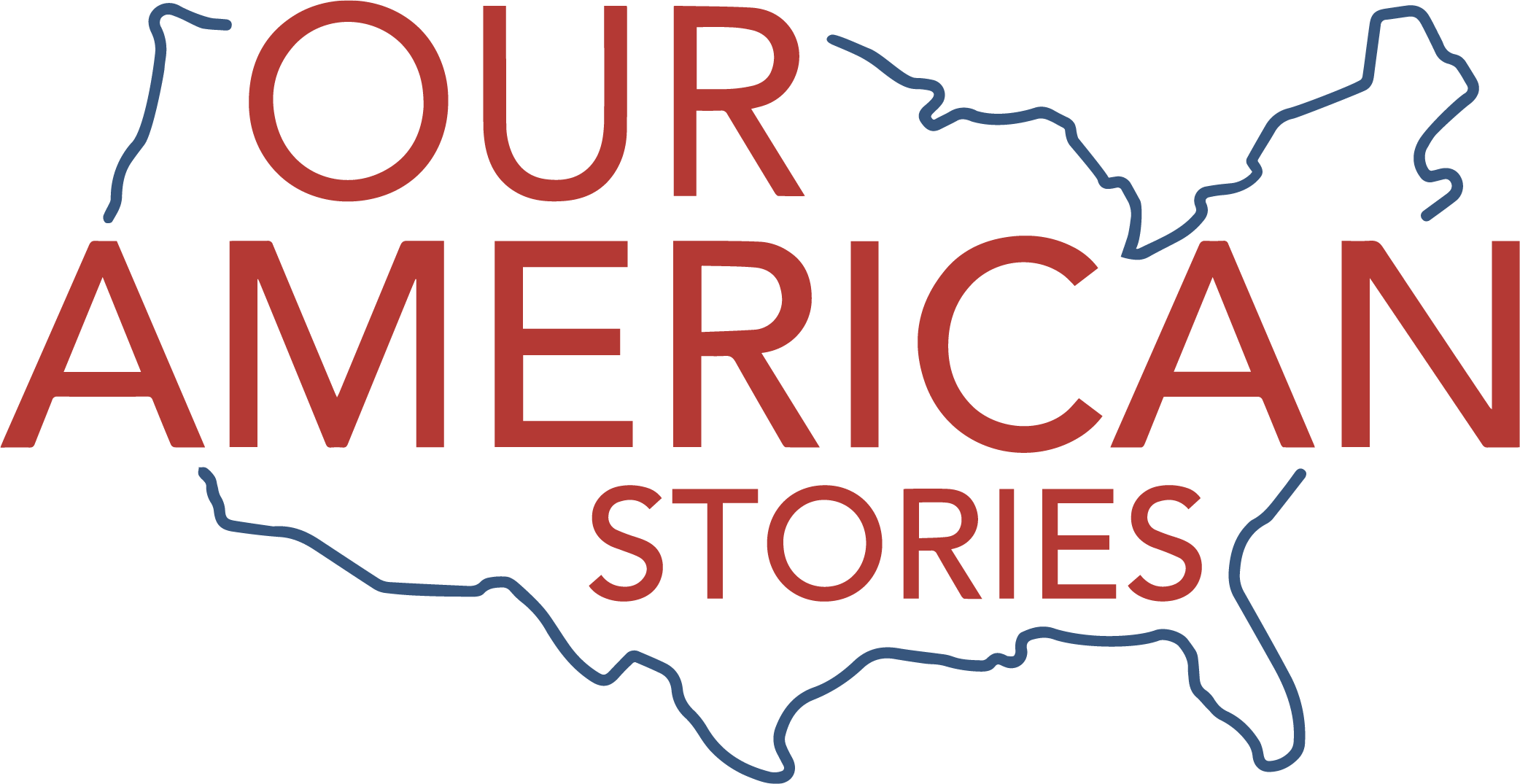In the years after the Civil War, a remarkable and little-known chapter of Irish revolution history unfolded on America’s northern border. On May 31, 1866, nearly 800 Irish-American veterans, dressed in both Union blue and Confederate gray, marched through Buffalo, New York. They were not there to reignite the war that had just torn America apart. Instead, these former enemies stood side by side as part of the Fenian Brotherhood, determined to strike at Great Britain by launching what became known as the 1866 Fenian invasion of Canada.
Many of these men carried scars deeper than those left by the American war. They had fled famine and persecution in Ireland, where centuries of British rule had left Irish Catholics impoverished and embittered. The devastation of the Great Hunger drove millions across the Atlantic, and in the United States those immigrants built communities, churches, and political organizations that kept alive the dream of independence. The Fenian Brotherhood was the most ambitious of these, establishing a government-in-exile in New York City and training its men for the day they could challenge Britain directly.
Led by John O’Neill, later celebrated as the “Hero of Ridgeway,” the Fenians crossed the Niagara River, planted their banner on British soil, and clashed with Canadian militia at the Battle of Ridgeway. For a brief moment, it seemed possible that exiled Irishmen might bend the course of empire.
The raids ultimately failed to free Ireland, but their impact was undeniable. They rattled Britain, hastened Canada’s Confederation in 1867, and left behind a legacy of determination that defined Irish-American identity. Author and historian Christopher Klein joins us to share how the Fenian Brotherhood’s bold gamble in Canada became a defining chapter in Irish-American history.
